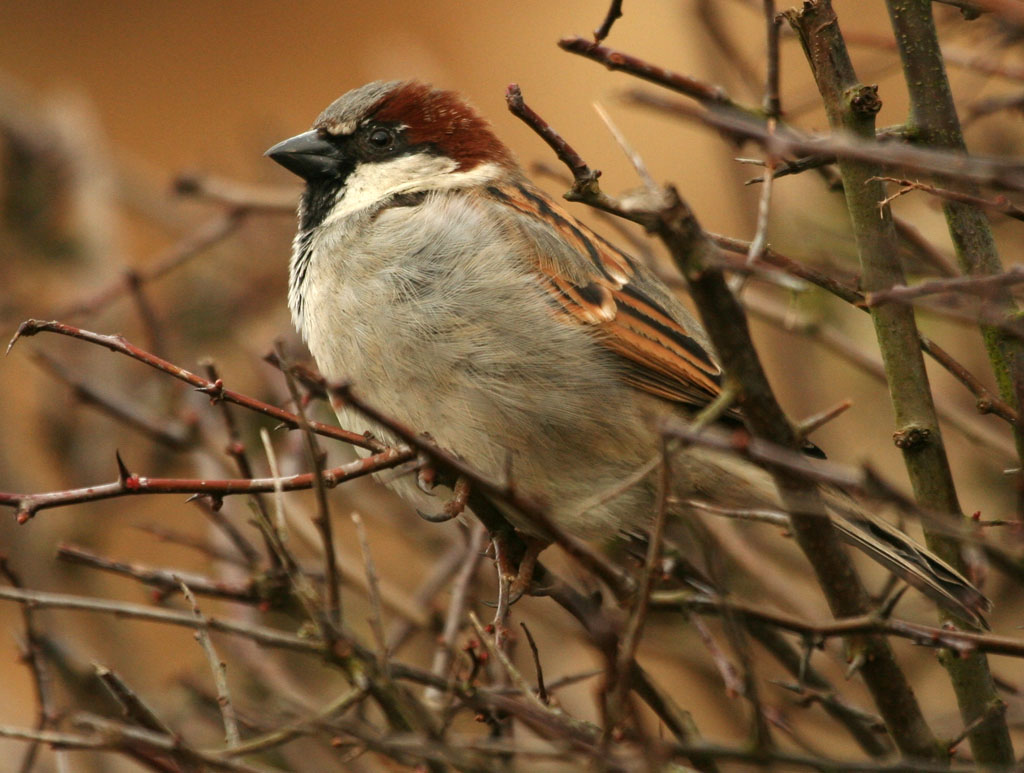House Sparrow Survey 2016
Part of the Wild Ipswich Swifts and Sparrows initiative run by the RSPB Ipswich Local Group.
House sparrows are a highly sedentary and colonial species that has been associated with man for at least 10,000 years. Most house sparrows do not venture further than 100m from the colony. This means that once a local colony dies out it, it is highly unlikely to be re-established. The Group ran a survey of Ipswich's house sparrows in 2006, and we surveyed at two levels in 2016. This is from a sampled census of house sparrows across Ipswich
We surveyed the presence of breeding sparrows in a km grid of 350m x 350 m squares in the town. Ipswich covers about 50 square kilometres, by sample censusing the sparrows across the town we can estimate how the density of sparrows varies across the town. This will show the best parts of the town to target conservation and any follow-up survey effort. An example of conservation effort that has helped Ipswich sparrows is the work done by Ipswich Parks on the Brunswick Road Recreation ground. This wasn't specifically targeted at sparrows to my knowledge, but worked and the established a new small colony.
This display is a heatmap - the largest circles and the warmer colours show where the density of sparrows is highest.
